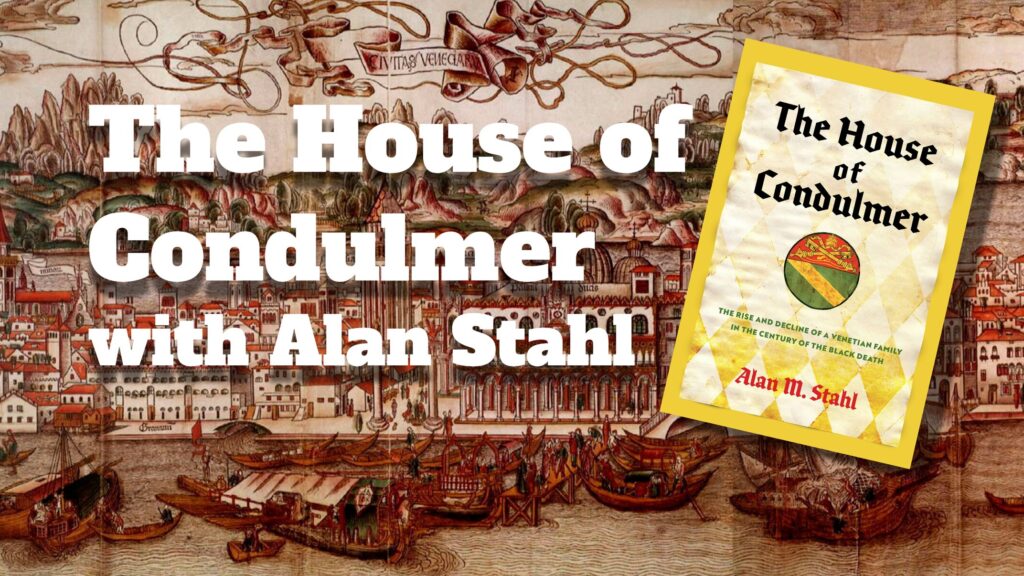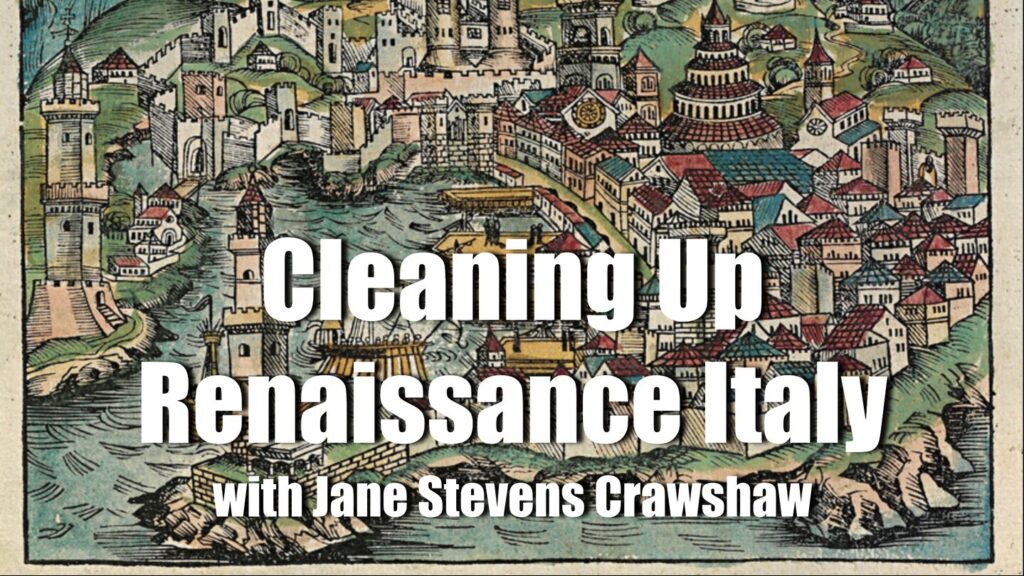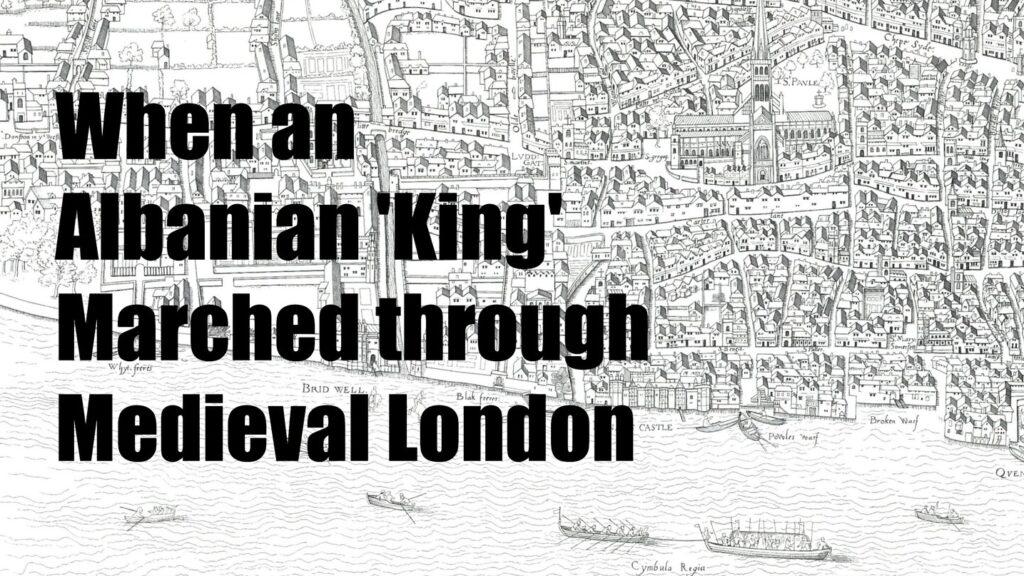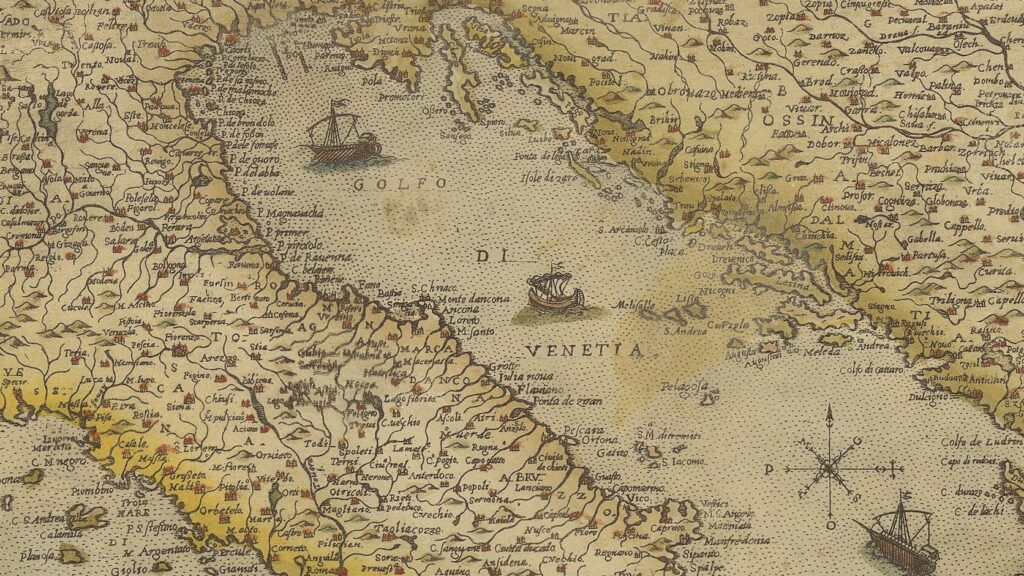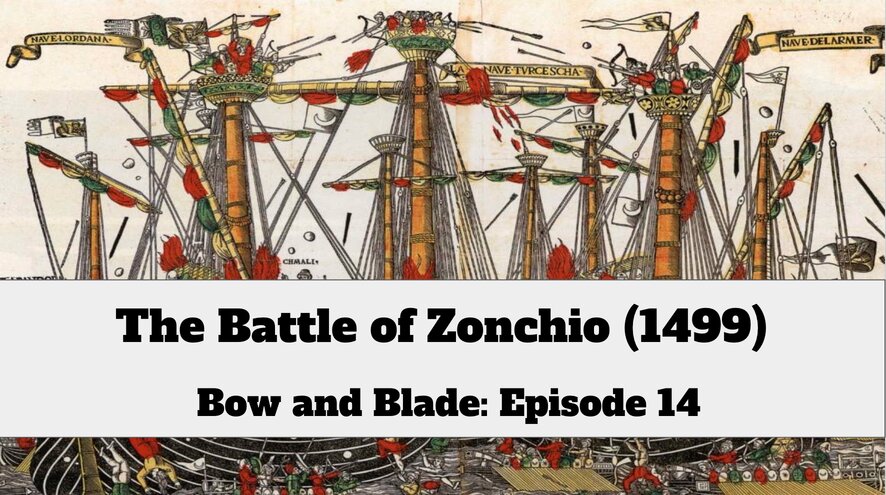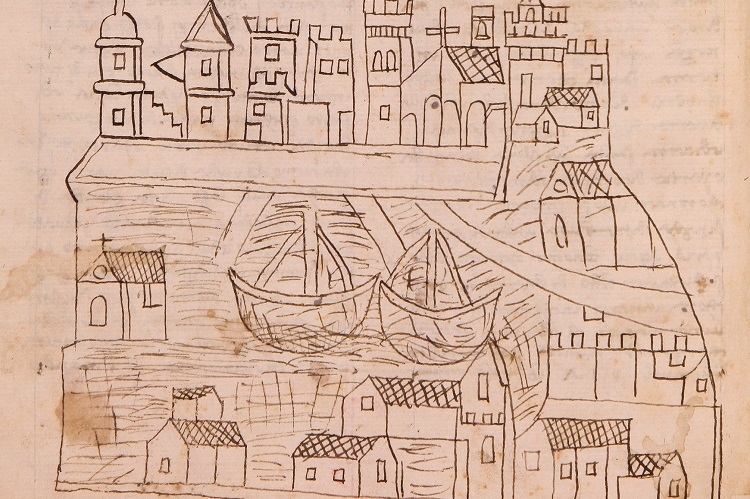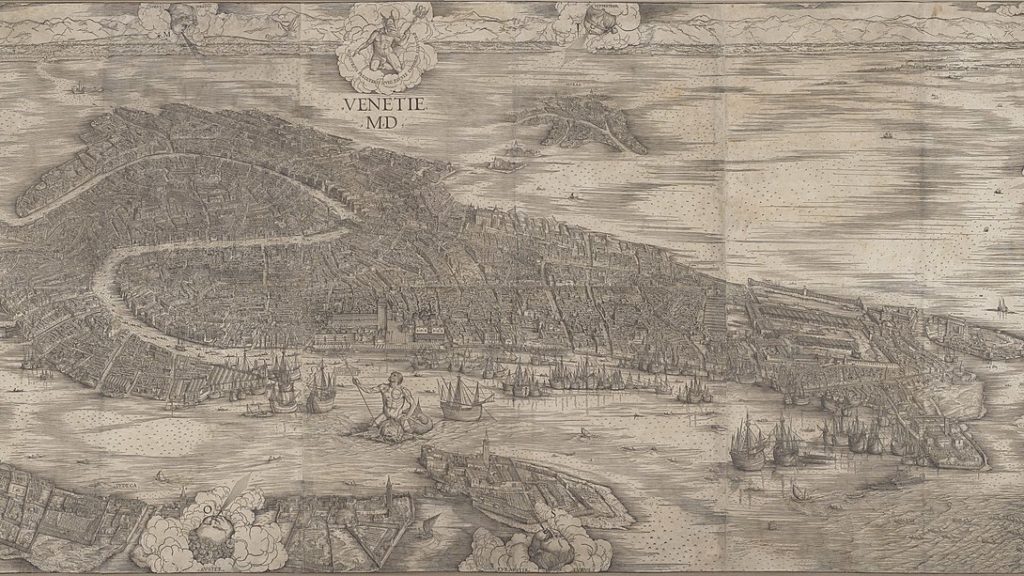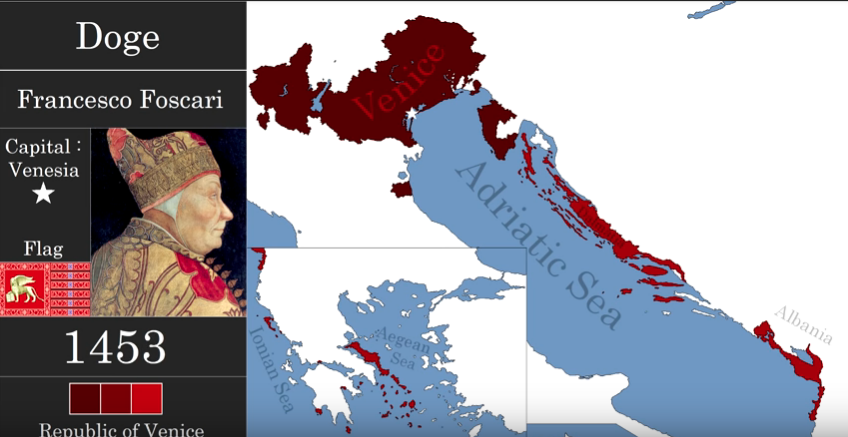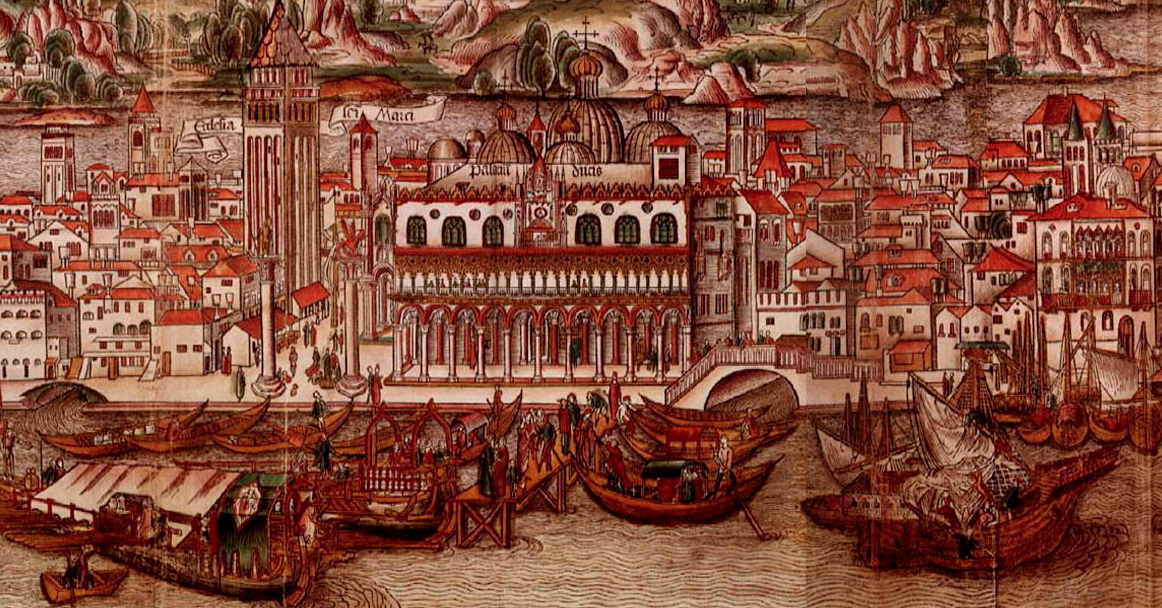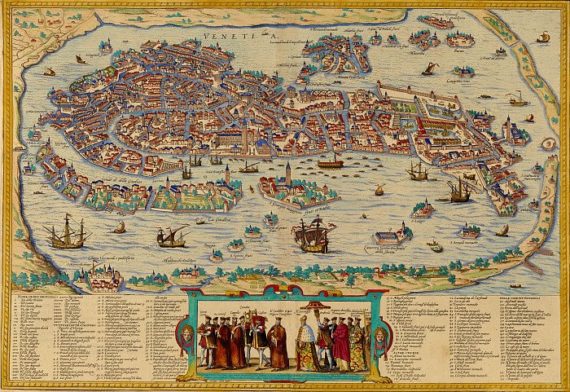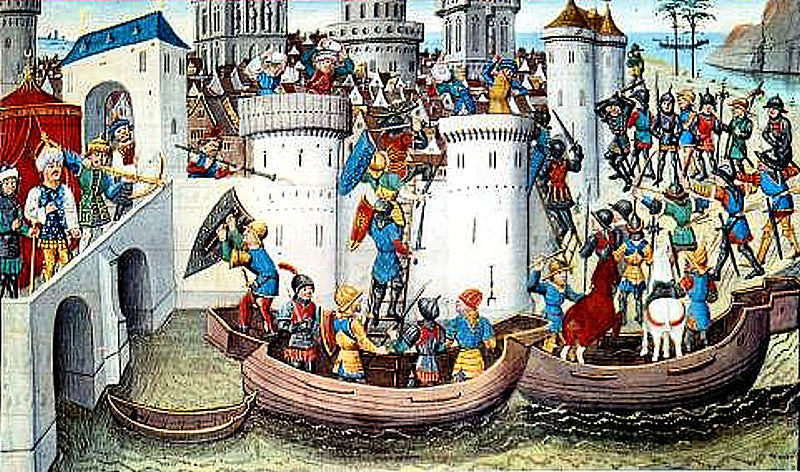New Medieval Books: This Earthly Globe
This book tells the story of Giovambattista Ramusio and how he created one of the first major works of world geography. First published in the middle of the 16th century, Ramusio’s work reveals much about how knowledge of far off lands came to Venice.
The House of Condulmer with Alan Stahl – The Medieval Podcast, Episode 268
This week on The Medieval Podcast, Danièle speaks with Alan Stahl about life in one of the richest cities in the medieval world, and the fate and fortunes a family who climbed the social ladder to the very top.
New Medieval Books: Praise for the Republic of Venice
A short work from the Renaissance scholar Poggio Bracciolini about why Venice was so great.
Medieval Church in Venice sold
The historic Church of the Abbey of Misericordia, a medieval landmark in Venice, has been sold. After serving as a religious site for over a thousand years, the building has for decades been used as a movie set and exhibition space.
Cleaning Up Renaissance Italy with Jane Stevens Crawshaw
This week on The Medieval Podcast, Danièle speaks with Jane Stevens Crawshaw about environmental policies in fourteenth and fifteenth-century Genoa and Venice.
Restoration of Rare Medieval Document Detailing Asian Travels
A significant medieval document, forgotten for over 70 years, will be restored by researchers at the University of Warwick’s Warwick Venice Centre. It reveals a new perspective on global exchange in the decade after Marco Polo’s death.
New Medieval Books: Cleaning Up Renaissance Italy
This book examines how Venice and Genoa dealt with environmental issues, including waste management, water supply and street congestion. It also reveals the mindset of the medieval Genoese and Venetians when it came to having a clean and healthy city.
40,000 pieces of graffiti discovered in Venice
Historical graffiti, ranging from symbols to dedications, adorns Venice’s columns, entrances, and walls, weaving a rich tapestry of the city’s narrative. Spearheaded by…
When an Albanian ‘King’ Marched through Medieval London
The tale of a labour dispute aboard a Venetian vessel provides insights into the inhabitants of medieval London.
Adriatic Sea or Gulf of Venice? How Medieval Politics played out on maps
For centuries a debate was taking place among Europe’s mapmakers: should the Adriatic Sea be called the Gulf of Venice?
The Battle of Zonchio (1499)
In the first naval battle covered by Bow and Blade, Kelly and Michael discuss the Battle of Zonchio, fought on four separate days in August of 1499. The Ottoman and Venetian fleets fight off the coast of Greece in the Ionian Sea to determine who would control the waters of the eastern Mediterranean.
Historian discovers Marco Polo had another daughter
It is well-known that Marco Polo had three daughters after he returned from travels across Asia. Now, a document discovered in the States Archives of Venice has revealed another daughter named Agnese Polo, who was born before Marco’s marriage to Donata Badoer.
Defending Venice against the Black Death
How the catastrophic impact of the plague contributed to the early development of Venetian public health care.
How the nuns of San Zaccaria succeeded in 12th century Venice
“These women find their fulfillment not individually, in the prayer and silence expected from those who have retreated to within the walls of a cloister, but in the project shared and collectively pursued to increase the prestige and influence of their monastic community.”
14th century depiction of Venice discovered
The oldest known city view of Venice, dating from the mid-14th century, has been discovered in a manuscript of an Italian pilgrim.
Pirates, Merchants, and a Small Battle on the Island of Kythira in the Later Middle Ages
Incidents of maritime violence such as this were common in the Mediterranean during the later Middle Ages.
Jacopo de’ Barbari’s ‘View of Venice’ (1500): Image Vehicles Past and Present
This essay focuses on an iconic and ground-breaking woodcut – Jacopo de’ Barbari (c. 1460/70–1516) and Anton Kolb’s View of Venice (1500) – and an interactive museum installation that I first developed for Duke University’s Nasher Museum of Art.
Between Venice and Alexandria: Trade and the Movement of Precious Metals in the Early Mamluk Period
The Venetians were conspicuous among the merchants resuming trade in Mamluk lands shortly after the fall of Acre in 1291.
Byzantium and Venice: The Rise and Fall of a Medieval Alliance
The story of the Venetian-Byzantine military alliance is a complex one, with many questions that need to be answered.
How the borders of Venice changed in the Middle Ages
A video showing how the borders of the Venetian Republic changed between the years 697 and 1797 AD.
Walking in Sixteenth-Century Venice: Mobilizing the Early Modern City
By studying physical motion, we can capture the dynamism of early modern cities and, drawing on all the rich meanings of the Italian verb movimentare, move, mobilize, invigorate, and enliven the history of early modern urban society and culture.
Eight centuries of the risk-free rate: bond market reversals from the Venetians to the ‘VaR shock’
This paper presents a new dataset for the annual risk-free rate in both nominal and real terms going back to the 13th century.
Making an Impression: The Display of Maps in Sixteenth-Century Venetian Homes
Maps were versatile objects that could demonstrate that the owner was a cultured, cosmopolitan man educated about the world, reinforce his professional or trade standing, or enhance a military persona, all to the glorification of the family name.
Venice’s Need for Settling the ‘Byzantine question’ by Conquest: The Fourth Crusade’s Second Siege of Constantinople (early 1204)
This article is a contribution to the ‘diversion debate’ concerning the Fourth Crusade (1202-1204), which argues that ultimately the endangered Venetian commercial interests were at the core of the final decision by the crusade leadership to conquer and take over the Byzantine empire.
Between the Sultan and the Doge: Diplomats and Spies at the Time of Suleiman the Magnificent
The paper presents earliest Venetian accounts about the Ottoman empire viewed through the prism of personal contacts and links between Venetian and Ottoman diplomats and nobles.

